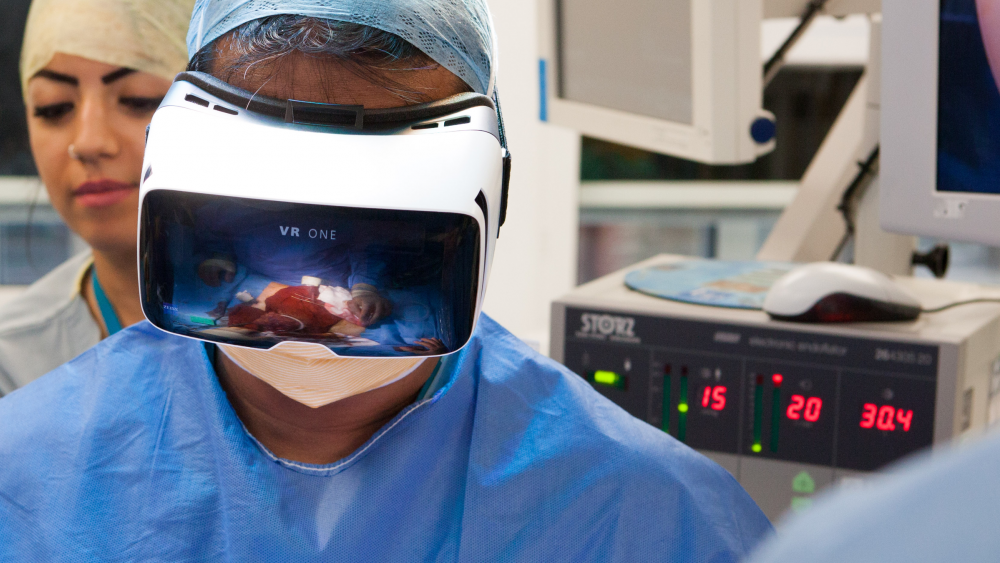The explosion of digital health, an increase in consumer needs, and changes to the regulatory and reimbursement landscapes are all working together to create new models of care unlike anything we’ve ever seen.
Healthcare will never be the same. And that’s a good thing.
The explosion of digital health, an increase in consumer needs, and changes to the regulatory and reimbursement landscapes are all working together to create new models of care unlike anything we’ve ever seen. It’s an exciting time and the future only promises more of the same. Here, we take a look at two types of care models which are making an impact—and making a difference.
Telemedicine Hubs
In the U.S., between the Affordable Care Act’s push for accountable care organizations (ACOs), and the shift toward fee-for-wellness variations within the commercial payer arena, large health systems are looking to telemedicine to help create savings. In some areas, this translates to the creation of telemedicine hubs—which greatly expands a health system’s ability to meet the needs of patients in remote areas.
One such system is St. Louis’ Mercy Healthcare, which recently announced the start of construction of the first virtual care center in the U.S., with a goal to meet the needs of patients in remote areas by providing access to specialty services in a cost-effective manner. According to Lynn Britton, Mercy’s President and CEO,
“Telemedicine lets us provide the best possible care to people where and when they need it—even when patients wouldn’t otherwise have access to specialists, such as neurologists and pediatric cardiologists. The center will bring together the nation’s best telehealth professionals to reach more patients, develop more telemedicine services, and improve how we deliver virtual care through education and innovation.”
The 120,000-square-foot center is due to open in 2015 and will house nearly 300 physicians, nurses, specialists and support staff who deliver care 24/7 through audio, video and data connections to remote Mercy locations, as well as other care providers and large employers. Early estimates are that more than 3 million telehealth visits will occur in the first five years. Of course, with this kind of potential, the center also plans research and training initiatives to advance the telemedicine movement. Thomas Hale, MD, PhD, executive medical director of Mercy’s telehealth services notes,
“There’s a decreasing number of physicians in both rural and urban areas, while at the same time there’s a growing senior population that will require more care. Telemedicine will have a significant impact by letting virtual physicians and nurses be the first point of triage and care for patients in the hospital, emergency room or even at home. Mercy’s virtual care frees up physicians while also attending to patients faster than before, and our specialists bring a level of expertise that would be impossible to share without telemedicine.”
Mercy’s mega-telemedicine system will provide more than 75 services, including SafeWatch eICU, Telestroke, Pediatric Telecardiology, Telesepsis, Teleradiology, Telepathology, and Nurse-on-call.
Direct-to-Consumer
A fairly new dynamic in healthcare is the direct-to-consumer path. Historically, companies which offer services have typically done so through contracts with insurers to provide services to their beneficiaries, or with employers to provide services to their employees.
As the reference indicates, the direct-to-consumer model allows companies to bypass both groups and serve consumers directly—and a recent survey by the American Telemedicine Association (ATA) found that providers are joining in, too. Of those polled, 47% said they were currently providing online services directly to patients—and of those who weren’t, 72% planned to do so in the near future.
A prime example of a direct-to-consumer initiative took place after Hurricane Sandy hit, when Mount Sinai Health System and Mount Sinai Beth Israel launched their Teledoc service. Though early efforts were stalled due to various co-pay models, adjustments have been made and prospects for the future are bright—with an eye on such a set-up as an extension of Beth Israel’s earlier attempts at urgent care centers. According to Adam Henick, senior vice president of network development for Mount Sinai Health System and Mount Sinai Beth Israel,
“The Teledoc offering is just basically continuing down that path of saying, there are going to be some young, hip consumers that are going to want to be able to video chat with their doctor at 2 in the morning, because they’re working on some computer algorithm and don’t want to leave their office or their apartment, and they’re going to want to access it that way.”
Teledoc certainly isn’t the first to make the foray into direct-to-consumer services. American Well launched a similar initiative in October of 2013—making its services available to anyone with a camera-equipped device with an Internet connection to connect to one of 600 physicians across the 44 states that permit such services. The cost? $49 per visit.
Similar to the early Teledoc model, American Well previously only offered services through insurance companies and healthcare organizations. As American Well CEO, Dr. Roy Schoenberg notes, it’s not just some fluffy model of care anymore,
“It’s now a valid channel for care delivery…Healthcare is an industry that moves at a glacial pace usually, but we are seeing this move forward at the pace of consumer technology, which is much, much faster. In the last 20 years people thought that healthcare would change because of electronic medical records, but this is the technology that will change healthcare in the next decade. And it won’t be the same within the next year or two.”
Of course, it seems that no sector of healthcare innovation would be complete without Google dipping its ever-present toe in to test the waters. And in direct-to-consumer healthcare, it’s no different—since the online-everything giant announced the beta launch of Google Help-Outs late last year.
Intended to provide access to nearly-instant helpers for all kinds of issues, Google’s digital health instincts made sure it didn’t leave healthcare out—creating a HIPAA compliant platform from the get-go. Starting with One Medical Group as the highlighted provider, Google’s health-related offerings have expanded extensively since launch, and now include psychotherapy, physical therapy, palliative medicine, and nutrition—among others. Service fees range from free to minimal—but most consumers will most likely find the direct-connect convenience factor the most valuable offering of all.
There have been recent calls for changes in patient-provider relationships, as well as a paradigm shift in healthcare relationships. With innovators churning out new solutions and healthcare entities looking for the best methods to tap into their benefits, we’re sure to see a continual evolution of health care models making the most of the digital health landscape.
Log in or register for FREE for full access to ALL site features
As a member of the nuviun community, you can benefit from:
- 24/7 unlimited access to the content library
- Full access to the company and people directories
- Unlimited discussion and commenting privileges
- Your own searchable professional profile







.jpg)
